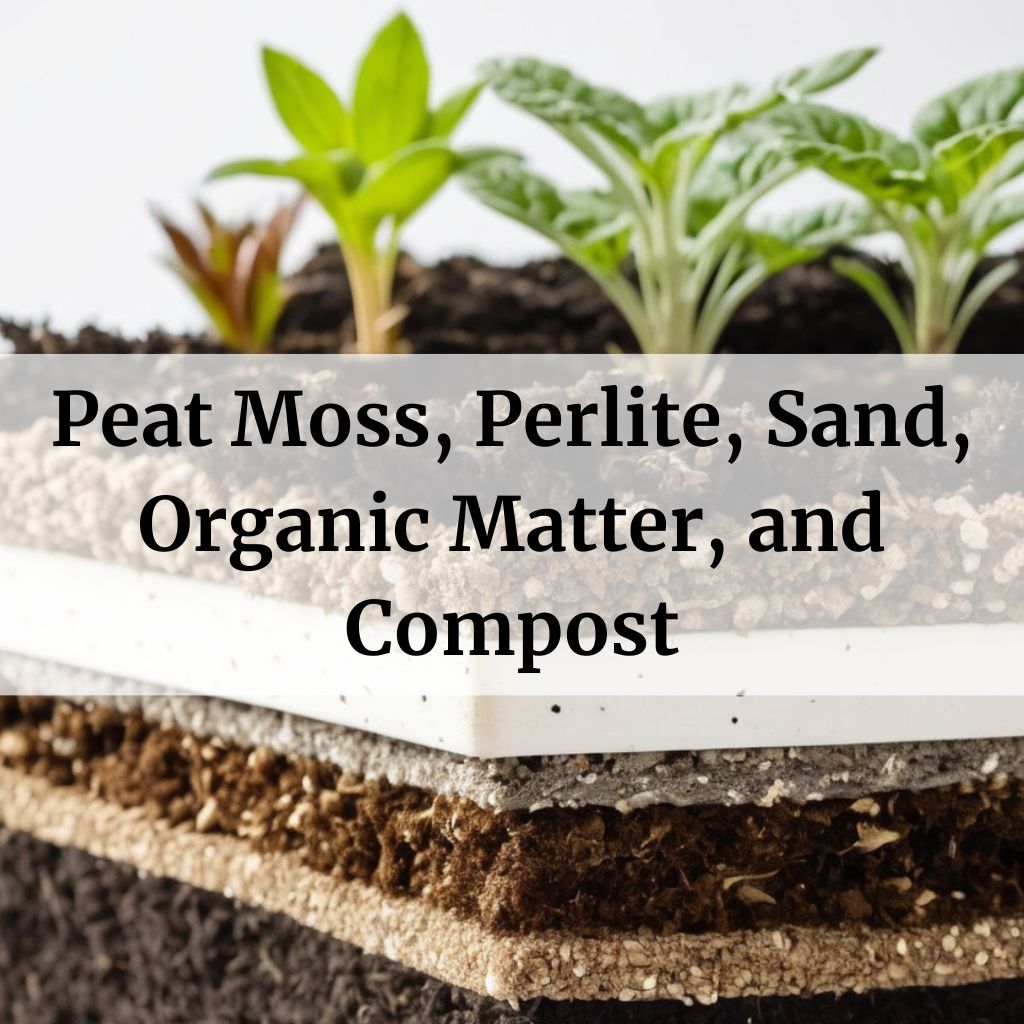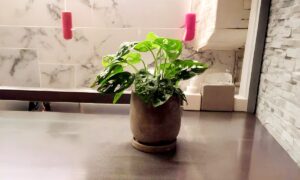
The composition of soil is crucial for the health and growth of plants. Understanding the differences between peat moss, perlite, sand, organic matter, and compost is essential for creating the perfect soil mix for your gardening needs.
In this article, we will delve into the characteristics of each soil component and their roles in improving soil quality, drainage, and nutrient retention.
In this article
Peat Moss
Peat moss is a fibrous material made of partially decayed plant matter found in bogs and wetlands. It has several key characteristics:
- Retains moisture well, providing plants with a constant water supply.
- Adds nutrients to the soil, contributing to the overall health of plants.
- Non-renewable, as it takes thousands of years to form.
- Acidic, with a pH ranging from 3.5 to 4.0.
In garden soil, peat moss is often used to balance the pH levels and improve moisture retention. However, it is essential to be cautious when using peat moss, as it can become compacted and hinder oxygen movement to plant roots if overused.
Perlite
Perlite is a volcanic rock that has been heated until it pops like popcorn. It has several key characteristics:
- Improves drainage and aeration in soil.
- Inert material that does not add nutrients.
- Lightweight and porous, making it an excellent choice for potting mixes.
Perlite is often used in combination with other soil components, such as peat moss, compost, and sand, to create a well-draining and aerated potting mix.
Sand
Sand is a granular material made of sediments like quartz and feldspar. It has several key characteristics:
- Provides excellent drainage but little nutrients or water retention.
- Can cause soil compaction over time, leading to reduced oxygen movement and nutrient uptake by plant roots.
- Heavier than other materials like perlite, which can make it less suitable for lightweight potting mixes.
Despite its limitations, sand can be a useful component in soil mixes, especially for plants that thrive in well-drained, low-nutrient conditions.
Organic Matter
Organic matter refers to decomposed or partially decomposed plant and animal matter. It has several key characteristics:
- Provides nutrients, improving soil structure and water retention.
- Improves soil structure by binding soil particles together, making the soil more stable and resilient.
- Slows down the release of nutrients, providing plants with a steady supply of nutrients over time.
Common sources of organic matter include leaves, grass clippings, straw, and compost. Organic matter is an essential component of any soil mix, as it provides nutrients, improves soil structure, and helps retain water.
Compost
Compost is well-decomposed organic matter, such as leaves and food/yard waste, that has been broken down by microorganisms. It has several key characteristics:
- Provides nutrients, improving soil structure and water retention.
- More processed than simple organic matter, as the decomposition process has already occurred.
- Can be used as a soil amendment or incorporated into potting mixes to improve soil quality and fertility.
Compost is often considered the most nutrient-rich option among soil components, as it provides a rich source of organic matter and can help balance soil pH levels.
Combining Soil Components
Understanding the characteristics of peat moss, perlite, sand, organic matter, and compost can help you create the perfect soil mix for your gardening needs.
Here are some general guidelines for combining these soil components:
- Peat Moss and Organic Matter: These components are excellent for improving moisture retention and providing nutrients to the soil. Combining peat moss with organic matter can create a well-balanced soil mix that supports plant growth.
- Compost and Organic Matter: Compost is a more processed form of organic matter, providing nutrients and improving soil structure and water retention. Mixing compost with organic matter can create a nutrient-rich soil amendment that can be applied to your garden or incorporated into potting mixes.
- Perlite and Sand: These materials are used primarily for drainage and aeration purposes. Combining perlite with sand can create a well-draining potting mix that supports plant growth.
- Potting Mix: A typical potting mix recipe consists of 2 parts soil, 1 part peat moss, 1 part perlite, and 1 part coarse sand. This mix provides a balance of drainage, aeration, and nutrient retention, making it suitable for a wide range of plants.
Understanding the differences between peat moss, perlite, sand, organic matter, and compost is crucial for creating the perfect soil mix to support plant growth.
By combining these soil components in the right proportions, you can create a well-balanced soil mix that provides excellent drainage, aeration, and nutrient retention for your garden or potted plants.
READ MORE: The Essential Tools You Need to Get Started with Indoor Herb Gardening
Frequently asked questions
What is sphagnum peat moss?
Sphagnum peat moss is a fibrous material made of partially decayed plant matter found in bogs and wetlands. It is known for its ability to retain moisture well and add nutrients to soil. However, it is non-renewable and can become compacted if overused.
What is coir fiber?
Coir fiber is created from the fibrous outer husk of the coconut. Coir fiber is often used in combination with other soil components, such as sphagnum peat moss, compost, and sand, to create a well-draining and aerated potting mix. It is a renewable resource and can also be used as a substitute for sphagnum peat moss.
Happy gardening!







